Date: 25 May 2002
The first: how to fit another building, "a meaningful building", into the ultra-crowded, high-rise, action-packed 'spiritual desert' that is La Defense. Of particular concern, the tiny site allocated to the church is surrounded by skyscrapers and a motorway, has a tunnel running underneath it and the great white vault that is the CNIT exhibition centre towering over it. The second point: what are the points of reference if an architect is asked to build a place of worship today in a contemporary urban setting?
Hammoutene decided to try and create an architectural 'still point in the turning world' (T.S. Eliot) that would visually arrest people, however busy, and also act as a symbolic doorway to a serene other world. With Notre Dame de Pentecote's giant, yet wafer-thin, frontal monolith of laminated glass, he uses architecture as a catalyst to draw La Defense-based professionals into the church and embark on their individual spiritual journeys. The piece also acts as a giant sign to the church that can be seen up to 2 km away.
The huge (40 x 16 m) screen that is the frontispiece to Notre Dame de Pentecote is, in turn, opal, translucent and transparent. A second screen measuring 16 x 16 m is situated at the side of the church and serves to visually conceal a neighbouring expressway from worshipers inside. Yet the overall effect of the architecture remains gentle. This is achieved by the soft colored tones of PVB used. As people walk into the church, they are caressed by soft facades of laminated glass, which at once cut us off from the outside world but which also, like the stained glass windows of old, take the light from the outside and transmute and transform it in a comforting, other-worldly aspect.
The glass screens are mainly opal in color, yet the ancient symbol of the cross is etched out in an absence of color and remains transparent, so that natural light to floods through it in a dramatic and almost visionary way. The architect said that he selected opal, translucent and clear PVB because the resulting laminated glass screens are not reflective, yet they attract the light. They give a strong presence that is almost sensual and which changes constantly according to the weather and the time of day or night. The frontal monolith is particularly dramatic and can be seen by car drivers on the expressway just before they descend into the subterranean tunnel.
Hammoutene had originally considered a construction of thin white stone and glass for the main, frontal screen but decided on an all-glass structure in order to allow light to pass through and allow the cross design to remain totally transparent. He explained that he wanted to achieve a very thin, wafer-like structure (80 cm thickness); only laminated glass could provide the requisite safety for such a construction. The architect was enthusiastic about the technical and structural performance of laminated glass since he had already used it in other projects (such as the Paris residential project Place Dupleix, which uses grey PVB for luminous walls in the bedrooms or L'immeuble Bureau Atya, which again experiments with lead-colored PVB within the laminate).
Hammoutene said that architects believe that laminated glass is a great material to use 'à la carte'; in his opinion, many benefits, properties and aesthetic effects can be built in so that the overall result is always greater than the sum total of the individual parts!
Bertrand Toussaint of RFR, the Paris-based structural engineering firm for the project, confirmed that two kinds of glass were used for the 'monolith' which is the frontal façade of Notre Dame de Pentecote: Saint-Gobain Masterpoint (giving a 'satiny' effect on the outer surface) for the exterior (6 mm) adhered using 1.52 mm PVB to 10 mm Diamond glass (extra white), again from Saint-Gobain. The glass panels that make up the panel are 3 m x 1.5 m; the whole monolith is very thin. The structural strength of laminated glass was considered essential for safety and wind resistance; this huge point-fixed screen is on an exposed location. The facades were installed just following major French hurricanes of December 1999, which inflicted enormous damage throughout the country.
Laminated glass enabled Hammoutene to achieve an effect of huge volume that is actually very pure. The screen is supported by a steel structure inside that is completely invisible. Laminated glass was essential for safety, security, structural strength and because the architect could 'design in' the symbol of the cross directly using the PVB. The Gartner Group of The Netherlands constructed the screen, working in conjunction with RFR.
The 2002 DuPont Benedictus Awards judges said: "This is a handsome cubistic composition; the lightness of the structural wall is elegant. The wall is a sign in a non-obvious way; the cross is an image for the church - it is handled subtly and well. The wall has a surprising slenderness. The nearly de-materialized substructure is an absolute necessity to support the idea of lightness."

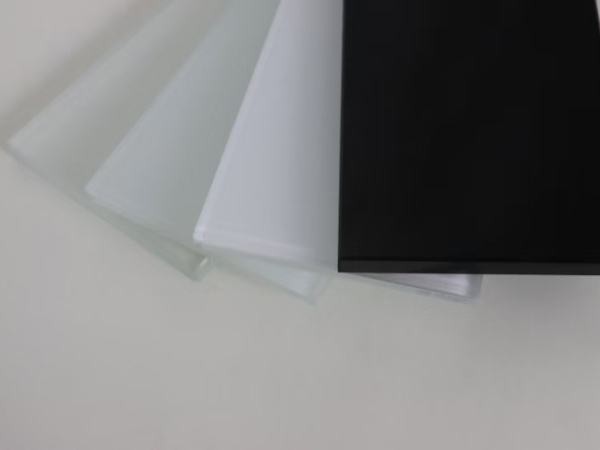
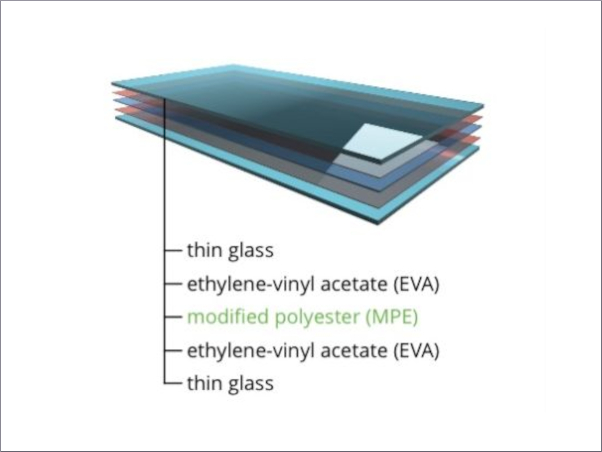

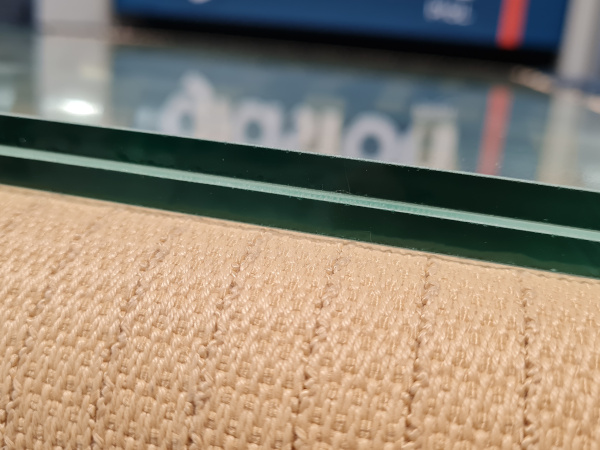
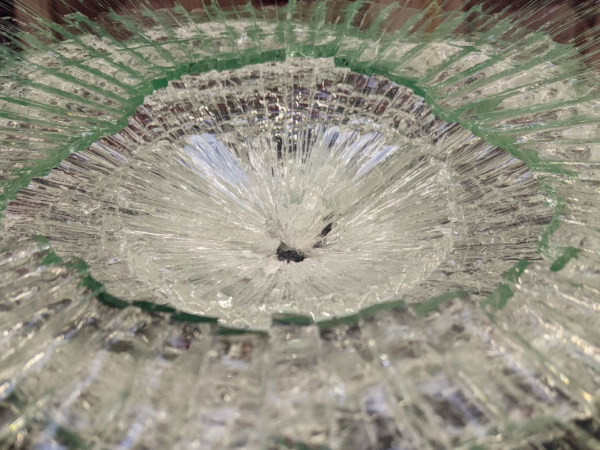
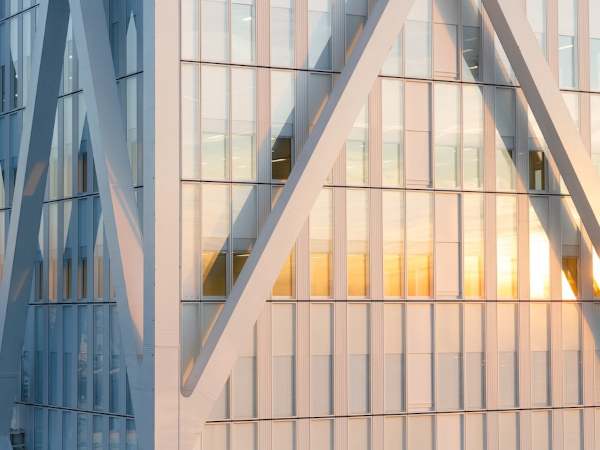














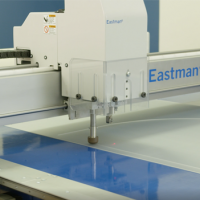
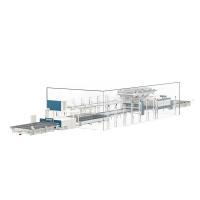

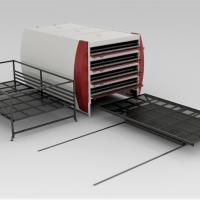
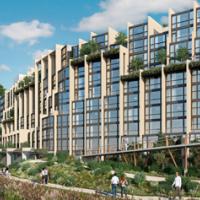
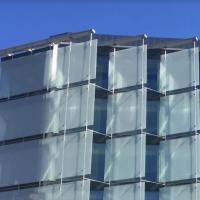
Add new comment